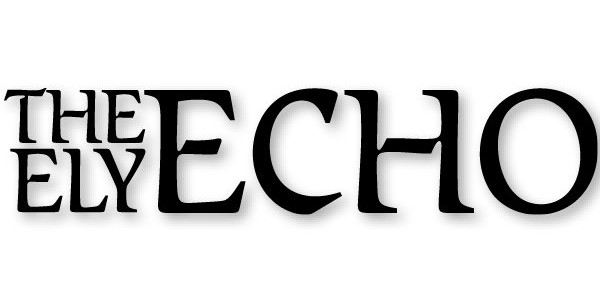A commercial helium project near Babbitt could bring new revenue to area communities and schools.
Under a bill introduced in the Minnesota Senate by Sen. Grant Hauschild, DFL-Hermantown, a temporary framework would be established to guide regulations, development and financial benefits of the state’s first potential helium project.
“The discovery of this deposit is an exciting opportunity for Northern Minnesota to once again become a source for a critical mineral, and this legislation makes sure the state is ready to capitalize,” Hauschild said in a press release. “Now it is up to us as policymakers to move with urgency, get this legislation passed, and prepare for the future work we need to do to make Minnesota a global leader in helium extraction.”
Pulsar Helium Inc., a British Columbia, Canada-based company in March hit a helium deposit about 2,200feet underground from a single drill hole near Babbitt.
A few weeks later, laboratory tests showed the discovery to be among the highest concentrations of helium ever found in the world.
The discovery is another sign of the wide variety of critical minerals beneath the ground in northeastern Minnesota.
However, the state doesn’t have any guidelines for the extraction of helium.
That’s where Hauschild’s legislation comes in.
Hauschild’s bill establishes lease terms on stateowned land, prohibits commercial gas or oil extraction without a permit, gives the Minnesota Pollution Control Agency (PCA) commissioner authority over rulemaking, and creates a Gas Production Technical Advisory Committee.
The committee would be composed of representatives from the PCA, Environmental Quality Board, Minnesota Department of Health, Department of Revenue, University of Minnesota, and federal agencies.
A $750,000 appropriation in fiscal year 2024 to the Minnesota Department of Natural Resources (DNR) commissioner for the committee and $696,000 in fiscal year 2025 to the DNR commissioner to adopt a regulatory framework and rulemaking for subsurface mineral- based sequestration of carbon and non petroleum gas extraction, is also part of the bill.
If extraction is conducted on state land, the Permanent School Fund would benefit, according to the bill.
The Permanent School Fund currently provides per-pupil money to every school in the state from taconite mining and forestry.
“While this is an exciting opportunity, without a framework our local communities, our schools and our residents will not see the benefits,” Hauschild said. “It’s important to get this right and ensure that our communities in Northern Minnesota receive the net benefits of this newly- discovered deposit.”
The drill hole near Babbitt is about 50 feet from a hole drilled years ago by Duluth Metals.
Helium was struck in that drill hole.
Laboratory analysis of the Pulsar Helium “Topaz” drill hole showed a helium content of up to 13.8 percent.
Independent laboratories said it is among the highest concentrations of helium ever discovered in the world.
The Pulsar Helium drill hole is on private land.
Pulsar says it is “furthering operations at Topaz with the intention of realizing Topaz’s potential for production.”
The company has said an economic analysis and feasibility study could be ahead.
Helium is inert, nontoxic, non-flammable, and non-hazardous, according to Pulsar Helium.
It’s used in semi-conductor fabrication, magnetic resonance image (MRI) scanners, fiber optic cables, as a coolant in nuclear reactors, and in space launches as a pressuring agent in fuel tanks. It’s also used in arc welding, for lead detection in the hulls of ships, in vehicle air conditioning systems, in high pressure equipment and computer hard drives.
But many sectors face helium shortages due to limited supply, Hauschild said.
So far, there’s no Senate co-authors to Hauschild’s bill and no House of Representatives companion bill.











